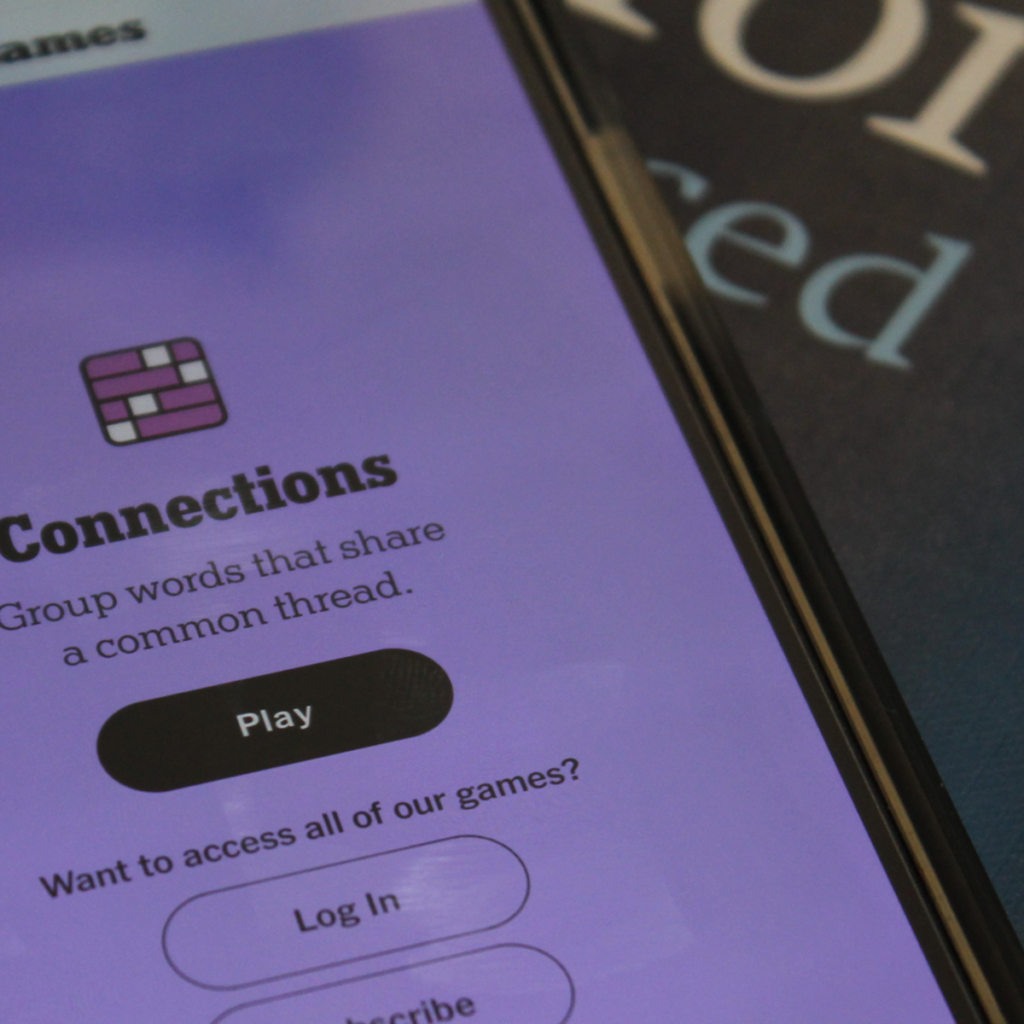Introduction
The New York Times’ game Connections has taken the puzzle community by storm. This article will delve into the intricacies of the game and provide you with valuable NYT Connections hint to enhance your puzzle-solving skills. Whether you are a novice or an experienced player, these strategies and tips will help you master the game and enjoy it even more.
What is NYT Connections?
The goal of the puzzle game NYT Connections, created by The New York Times, is for players to link seemingly unrelated words or sentences. The goal is to accurately group the given clues by looking for commonalities between them. The game is entertaining and intellectually interesting, testing your vocabulary, lateral thinking, and pattern identification abilities.
The Importance of Hints in NYT Connections
When it comes to tackling NYT Connections puzzles, hints are essential. When you’re stuck, they might give you a push in the right direction by pointing out connections you might have overlooked. Utilizing clues wisely might be the difference between success and frustration, keeping the game fun throughout.
Types of Hints in NYT Connections
You may use a variety of suggestions to help you solve NYT Connections puzzles, including:
- Direct Hints: These suggestions either lead you straight to the connection or offer a helpful synonym.
- Contextual Hints: To help you understand the relationships between the words and phrases, these tips provide context or instances.
- Pattern-Based Hints: These tips assist you in recognizing common prefixes, suffixes, or word forms by concentrating on the word structure or pattern.
Strategies for Using NYT Connections Hints
1. Start Broad, Then Narrow Down
Upon initially viewing the problem, begin by classifying words into general groups according to your immediate thoughts. By reducing the links between these groupings, you may use suggestions to improve them. This method assists you in avoiding getting too caught up in the minutiae too soon.
2. Look for Obvious Connections First
Start by identifying the most evident links. These can give you a sensation of momentum and are frequently simpler to identify. Use pointers to support your original classifications or to shed light on less evident links.
3. Use Synonyms and Antonyms
Synonyms and antonyms are frequently used in hints, which can aid in your understanding of connections that are not immediately obvious. Incorporate terms with comparable or opposing meanings into your reasoning.
4. Consider Word Forms and Variations
Take note of the various word forms, such as single and plural, as well as the various tenses. You may recognize these variants and draw the appropriate connections with the aid of hints.
5. Take Breaks and Return with Fresh Eyes
Take a break and come back to the problem later if you run into trouble. You can make connections you previously missed with the aid of fresh eyes. When you return, use the suggestions to jog your memory.
Common Pitfalls and How to Avoid Them
1. Overthinking the Connections
Sometimes the links are easier to see than they first appear. To keep your mind grounded, employ clues rather than overcomplicating the task.
2. Ignoring Obvious Hints
It’s simple to write off clues as being overly clear or unimportant. Still, even simple suggestions might yield insightful Information. Instead of completely rejecting them, let them inform your thoughts.
3. Getting Stuck on One Group
Use the tips to refocus your attention on different areas of the problem if you find yourself becoming stuck on a particular collection of words. This might assist you in moving forward and preventing frustration.
Advanced Techniques for Mastering NYT Connections
1. Practice Regularly
The key to learning NYT Connections is practice, just like any other talent. You’ll get more adept at making connections and applying clues when you solve more riddles.
2. Learn from Mistakes
Examine your errors to see what went wrong. To identify the right links and grow from your mistakes, use suggestions. Your performance in the future will improve with this introspective attitude.
3. Expand Your Vocabulary
Having a large vocabulary can help with link identification. By using tips, you may increase your vocabulary by learning new terms and their definitions.
NYT Connections Hint is a demanding and rewarding puzzle game that improves language and mental acuity. You may sharpen your puzzle-solving abilities and increase your enjoyment of the game by comprehending the many kinds of tips that are offered and utilizing practical tactics. Recall that consistent practice, learning from your errors, and maintaining an open mind are essential for success. With these pointers and NYT Connections advice, mastering solving will come easily to you.
